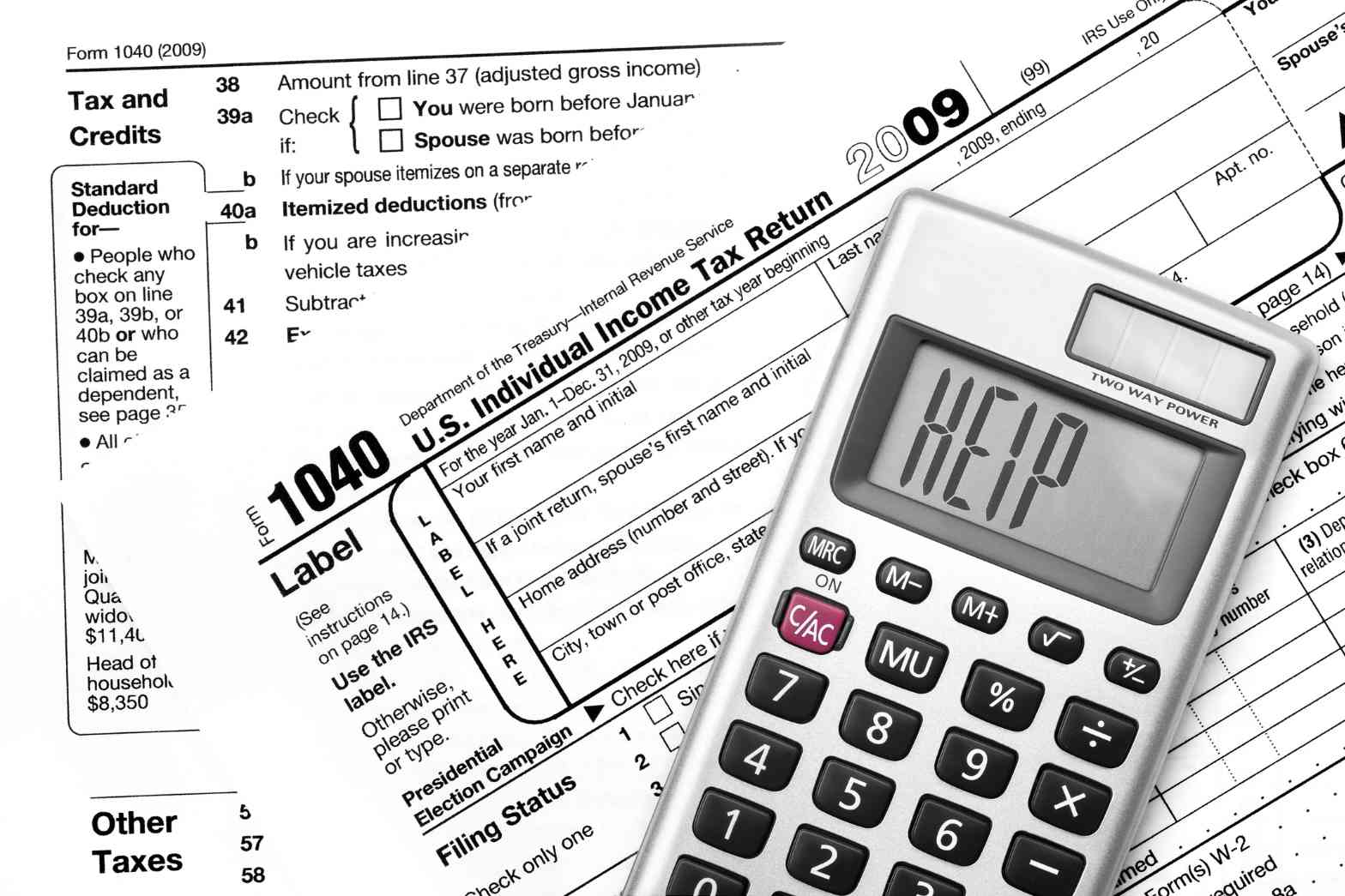IRS 310 Tax Relief Payment 2024 is generating significant interest among taxpayers seeking financial relief. This form offers various avenues for reducing tax burdens, but understanding eligibility criteria and the application process is crucial for successful claims. This article provides a comprehensive overview, guiding readers through the intricacies of obtaining this vital financial assistance.
The IRS Form 310 offers various tax relief options, including abatements, credits, and extensions, for eligible taxpayers facing financial hardship or unforeseen circumstances. Understanding the specific types of relief available and the associated eligibility requirements is paramount. The application process, while potentially complex, can be streamlined with careful preparation and attention to detail. This guide will navigate you through each step, addressing potential delays and complications along the way.
IRS Form 310 and Tax Relief in 2024: Irs 310 Tax Relief Payment 2024
IRS Form 310, Application for Installment Agreement, offers crucial tax relief to taxpayers facing financial hardship. This form allows individuals and businesses to arrange payment plans for their outstanding tax liabilities, preventing penalties and seizures. Understanding the process and eligibility criteria is vital for navigating this important tax relief option.
IRS Form 310 and Tax Relief
IRS Form 310 is used to request an installment agreement, allowing taxpayers to pay their tax debt in smaller, manageable installments over a period of time. This prevents the accumulation of penalties and interest, and avoids more aggressive collection actions by the IRS. The type of tax relief available is an installment agreement, allowing the taxpayer to spread their payments over a period of time, usually up to 72 months depending on the total amount owed.
Form 310 might be used in situations such as unexpected job loss, medical emergencies, or significant business setbacks resulting in a sudden inability to pay taxes in full. For example, a small business owner experiencing a downturn in sales might use Form 310 to request an installment agreement to manage their tax debt.
| Tax Relief Option | Description | Eligibility | Payment Terms |
|---|---|---|---|
| Installment Agreement | Pay tax debt in installments | Demonstrated inability to pay in full | Up to 72 months, depending on the amount owed |
| Offer in Compromise (OIC) (Not through Form 310) | Settle tax debt for less than the full amount | Severe financial hardship | One-time lump sum payment or installments |
Eligibility Criteria for 2024 Tax Relief
Eligibility for tax relief using Form 310 in 2024 hinges on demonstrating an inability to pay the full tax liability. This requires providing evidence of financial hardship, such as reduced income, significant medical expenses, or unexpected job loss. The IRS will assess the taxpayer’s financial situation to determine their eligibility for an installment agreement.
Individuals experiencing unemployment, facing significant medical bills, or dealing with business losses might qualify. Businesses experiencing a temporary downturn or facing unforeseen financial challenges could also be eligible. Supporting documentation includes pay stubs, bank statements, tax returns, and proof of medical expenses or business losses.
- Gather all necessary documentation.
- Complete IRS Form 310 accurately and completely.
- Submit the completed form and supporting documentation to the IRS.
- Monitor the application status and respond to any IRS inquiries promptly.
- Make timely payments according to the agreed-upon installment plan.
The Application Process for Form 310 in 2024

Source: website-files.com
Completing and submitting Form 310 involves a series of steps. It’s crucial to accurately and completely fill out the form, providing all necessary supporting documentation. This ensures a smoother and faster processing of the application.
- Gather all necessary financial documents, such as bank statements, pay stubs, and tax returns.
- Carefully complete Form 310, ensuring all information is accurate and up-to-date.
- Attach all supporting documentation to the completed Form 310.
- Submit the application via mail or through the IRS online portal, depending on the chosen method.
- Monitor the application status through the IRS website or by contacting the IRS directly.
Potential Delays and Complications
Delays in processing Form 310 applications often stem from incomplete or inaccurate information, missing documentation, or failure to respond to IRS inquiries. Applicants might encounter complications related to verification of income or assets, or disputes regarding the amount owed.
| Potential Problem | Cause | Solution |
|---|---|---|
| Application Rejection | Incomplete information, missing documents | Resubmit application with complete information and documentation |
| Processing Delays | IRS backlog, verification issues | Contact the IRS to check status and provide any missing information |
Tax Relief Payment Timeline for 2024
The processing time for Form 310 applications varies, but typically ranges from several weeks to several months. Factors such as the complexity of the case, the volume of applications, and the completeness of the submitted information influence processing speed. Applicants can track their application status online through the IRS’s online portal.
Once approved, the timeframe for receiving the first payment under the installment agreement depends on the IRS’s processing times, but typically occurs shortly after the approval of the application.
Illustrative Examples of Tax Relief Scenarios
Here are three scenarios illustrating how Form 310 might be applied:
- Scenario 1: Job Loss: Sarah, a single mother, lost her job and is unable to pay her $10,000 tax liability. She uses Form 310 to request an installment agreement, providing documentation of her job loss and current income. The IRS approves a 36-month installment plan, with monthly payments of approximately $278.
- Scenario 2: Medical Emergency: John incurred significant medical expenses exceeding $20,000 due to a serious illness. He uses Form 310, providing documentation of his medical bills and reduced income, to request an installment agreement. The IRS grants a 60-month installment plan, reducing his monthly burden.
- Scenario 3: Business Setback: David’s small business suffered a significant loss due to an unexpected economic downturn. He uses Form 310, providing financial statements demonstrating his business’s reduced revenue and inability to pay his $15,000 tax liability. The IRS approves a 72-month installment agreement to help him recover.
Impact of Tax Relief on Financial Planning, Irs 310 Tax Relief Payment 2024
Obtaining tax relief through Form 310 significantly impacts financial planning by providing manageable payment options. This allows individuals and businesses to allocate funds for other essential expenses while avoiding penalties and interest. The reduced financial burden can lead to improved cash flow and stability, allowing for better future financial decision-making.
For example, the reduced monthly tax burden could free up funds for emergency savings, debt reduction, or business reinvestment. The long-term benefit is enhanced financial stability and improved creditworthiness.
The IRS 310 Tax Relief Payment for 2024 is expected to provide crucial financial assistance to eligible taxpayers. However, communication delays regarding the payment schedule may arise due to unforeseen circumstances, such as the recent T-Mobile outage in Phoenix , which impacted communication networks. This disruption underscores the importance of reliable communication channels for timely updates on the IRS 310 payment distribution.
Closure

Source: wiztax.com
Securing IRS Form 310 tax relief in 2024 requires diligent preparation and a thorough understanding of the application process. While potential delays and complications exist, proactive planning and attention to detail can significantly improve the chances of a successful claim. By carefully reviewing the eligibility requirements, gathering necessary documentation, and following the Artikeld steps, taxpayers can effectively navigate the process and potentially receive much-needed financial assistance.
